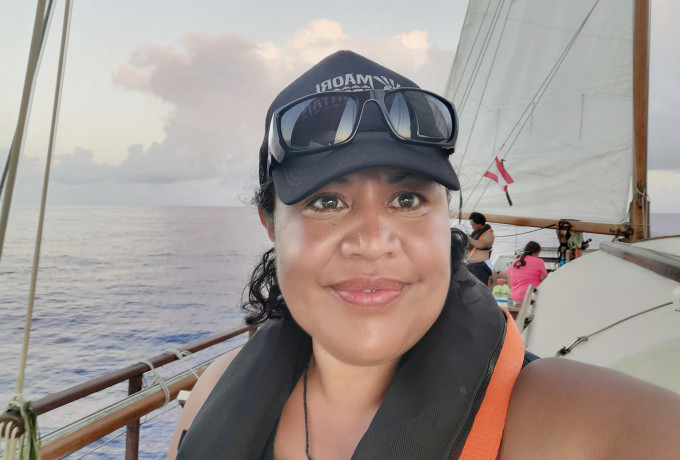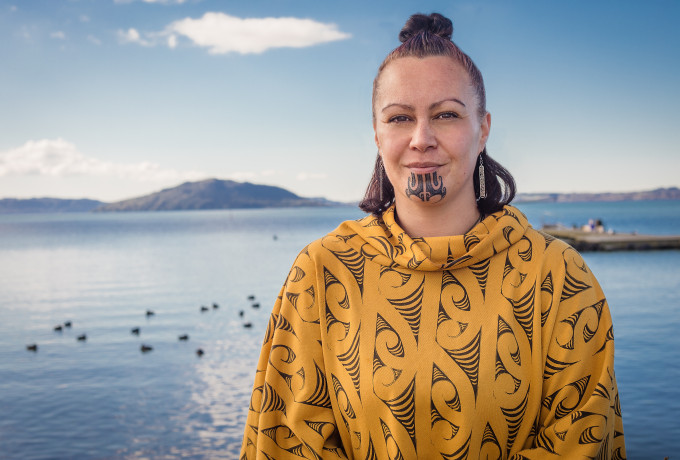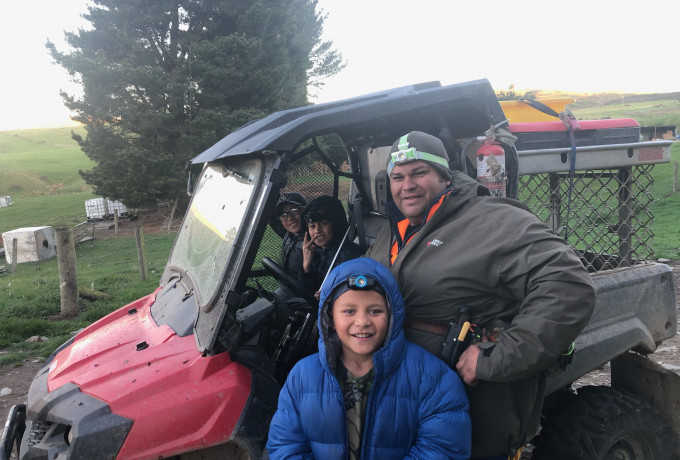Everything we do is co-designed with young people
YES Disability is an organisation that provides effective information, support and services for youth with disabilities and their families/whānau.
We spoke with CEO Sonia Thursby about a Suicide Prevention initiative they had underway. The programme, Fala Talanoa, was completely designed by young Pasifika, with no adult input. It includes design, music, dance, writing, singing and poetry, with wrap-around support from youth workers and Pasifika leaders, both with and without disabilities. “It was very much a journey of their experiences, and how they could use them to support other disabled young people... reimagining your world. What if you could do that?” says Sonia.
“Everything we do is co-designed with young people, but not from where I say: Is this a good idea? We start with blank pieces of paper.
“We did our co-design,” says Sonia. “And young people, surprise, don’t want to be sitting in workshops all day, everyday, talking about stuff. They want to do something creative, where they can express and learn and share.”
Covid-19 delayed this suicide prevention initiative, which heightened the need for it. “For a lot of young disabled people, Covid was super hard,” says Sonia. As the lockdown restrictions eased, many families were still too frightened to allow their disabled family member to go out. “We were taking some really serious calls from young people, some had gone into their past trauma.” Terrified of getting Covid, some were suicidal.
“If we could do something in this suicide prevention space, what would it look like?” Sonia asked. “In the beginning, the young people didn’t know. But they knew what it didn’t look like. It didn’t look like another workshop. No, we’re not going to sit there, and talk about our stuff, and have people counsel us and leave. There’s no tools there. There needs to be something. And we need to feel proud, not broken.”
What tools do young people with disabilities need? Sonia asked, “What became very clear, very early on, is that they needed to be able to celebrate their gifts and their talents. So how do we bring out this talent? Music, art and dance are really huge in the Pasifika community. So it was about creating a sense of pride.”
Sonia provides some insight into why the Project is successful “Providers often apply for funding and then fit the projects around what the funding is for. This is not true co-design. We don’t fit round pegs into square holes. We don’t answer request for proposals until our project is ready. Many organisations will find the project fund, get the money, then create the project. But we don’t. It’s truly young people owned. They came up with the idea long before there was a suicide prevention project workshop fund.”
They wanted to be able to identify with their culture, and use creativity. “I think the success of it was young people for young people. Young Pasifika disabled people doing their own thing, forging their own path.”
“Often if something is attached to government projects, it has very clear outcomes. And they’re not always the outcomes that we get when we work with young people,” says Sonia. “So it’s the letting go of control which providers don’t do, government contracts don’t do – though they’re moving that way. You just have to trust the process and then hold the space.”
Alongside co-design, Sonia stresses the importance of co-delivery. “The young people design the project, and then they’re part of delivering it, as Pasifika leaders. If you’re going to co-design with young people, then you’re going to have to be brave. Because they’re going to come up with some left field stuff.
“If a young person has a bad thought, that’s now. They don’t think it’s going to be okay in two hours, or tomorrow. So it was really important for us to keep switching it up during the programme,” says Sonia. At times participants become disengaged or start to feel low. As the person watching the room, I’m ok with that, because I know what’s coming. You’re going to be alright in five minutes. ‘Brother D from Dawn Raid’s is going to speak to you’. We’re going to pull all the guitars out, we’re going to pull all the art out, get the virtual reality out. No one ever felt down and stayed there. We just keep moving. Young people designed that.”
“If you’re going to do suicide prevention work and meet people where they’re at, then let go of the outcome. If you provide enough of variety and hold the space well, people will find their own way,” says Sonia. “Young people are really innovative. Innovation and prescription don’t fit in the same space.”


